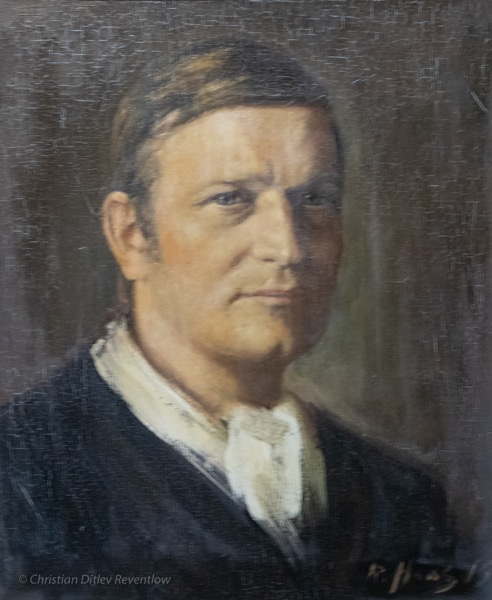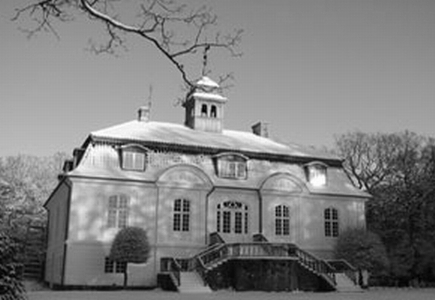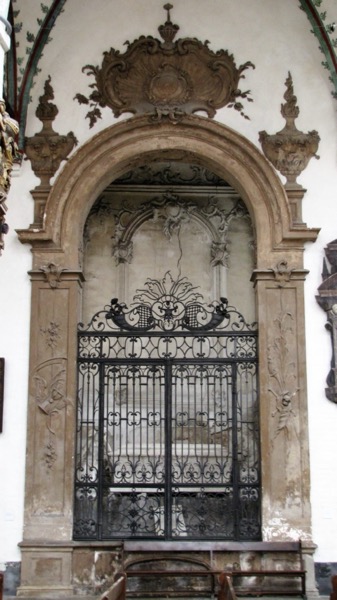PortrætterSlægten Reventlow:
 Friedrich (Fritz) Carl Henrich Reventlow(1936 - 2008) Friedrich (Fritz) Carl Henrich Reventlow(1936 - 2008)
Andre slægter:
 Birgitte Pallesdatter Rosenkrantz(1633 - 1677) Birgitte Pallesdatter Rosenkrantz(1633 - 1677)
Slotte og Herregårde
 Vindeholme Vindeholme
I 1891 erhvervede grev Ludvig Reventlow, Rudbjerggaard med tilhørende skove og jordtilliggender.
Hans bror grev Ferdinand Reventlow, der i mange år havde tjent som diplomat, senest som gesandt i Paris, havde længe ønsket sig at finde sig et sted, hvor han kunne trække sig tilbage. Grev Ferdinand var barnefødt på Lolland, og brøderne blev enige om, at han købte en del af Rudbjerggaard, så han kunne bygge Vindeholme hovedbygning og avlsgård.
Vindeholme blev således udstykket i 1910 fra Rudbjerggård til Ferdinand Reventlow, som anvendte gården som landsted og otium efter en lang karriere. Gården ligger i Tillitse sogn, Lollands Sønder herred, Lolland kommune. Hovedbygningen er opført i 1913 efter tegninger af H.C. Amberg, mens avlsbygningerne er opført 1909. Grev Ferdinand valgte at bygge bag diget, hvortil venderne (heraf vendernes holm = Vindeholme) antagelig ikke kunne sejle længere.
På trods af grev Ferdinand Reventlows ellers beskedne livsstil, blev slottet bygget særdeles smukt og præsentabelt, og det var hans ønske, at man fra stuerne på beletage kunne se ud over Østersøen.
I 1926 arvede nevøen grev Frederik Reventlow Vindeholme og boede der permanent fra 1960 til 1972 hvorefter hans nevø grev Einar Reventlow arvede Vindeholme.
Heraldik
.jpg) Reventlow, Christian Ditlev 1671-1738 Reventlow, Christian Ditlev 1671-1738
Ridder af Elefanten
Symbolum: "CUM DEO ET TEMPORE"
Kilde: Herman von Hams kopibog side 179, Ordenskapitlet.
Gravsten og epitafier
 Reventlow chapel in St. Katharinen, Lübeck Reventlow chapel in St. Katharinen, Lübeck
burial place of Claus Reventlow (1693-1759) and his wife Charlotte Dorothea nee von Plessen (+ 1789). The marble sarcophagus is the work of Simon Carl Stanley |